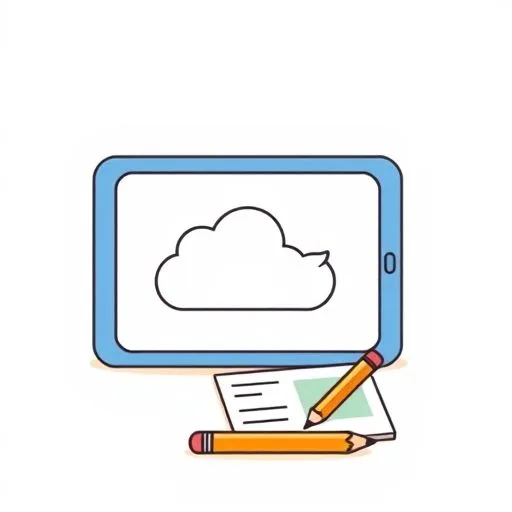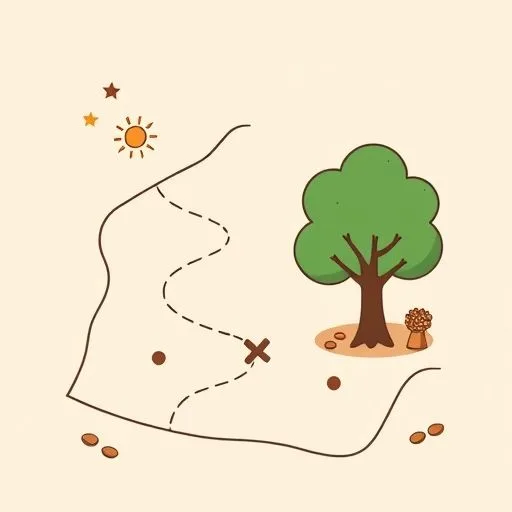
In the quiet moments after the house settles, parents often find themselves balancing work and family. Then, a child asks why the robot on the screen giggled too long—and the answer is simple: ‘Maybe it’s learning to dance.’ That’s when it hits us: the gadgets we worry about aren’t the enemy. It’s how we meet them—with curiosity, not fear—that shapes the future. Yes, apps can build tools in minutes. But the magic of wonder? That’s timeless.
Tech as a Creative Collab

You know how it goes—tablet freezes mid-drawing, and suddenly we’re reaching for good old pencil and paper! ‘Let’s sketch what we want it to do first,’ someone might say.
Then there’s the app trying to turn a messy dinosaur into a floating cloud—a child’s eyes lighting up at the ‘silly’ error. Framing technology as a collaborator, rather than a black box, lets us see glitches as invitations to imagine.
Think of it like a tireless assistant who sometimes makes mistakes: ‘3+3=7’ with confidence. Games of ‘Spot the mistake!’ turn errors into learning moments.
What matters isn’t the code but teaching kids to see problems as creative challenges. Every time we ask ‘What if we try this instead?’, it’s not about coding. It’s about nurturing confidence in their ideas.
The Unplugged Magic

A treasure hunt with clues hidden in a picture book brings digital literacy to life. ‘Find where the sun meets the oak tree,’ they whisper. Kids trace the path with their feet, laughing as they dig up pebbles.
This blurs digital literacy with real-world problem-solving. Coding isn’t just keys on a keyboard; it’s about breaking challenges into steps.
Instead of ‘no screen time’, parents say ‘yes to hands-on thinking.’ When children solve puzzles without apps, resilience grows from dirt under nails, not pixels.
The magic lies in teaching them to look up—not down at screens.
Our Quiet Superpower

In quiet moments, folding socks while humming lullabies, parents often reflect on the small things. When a printer jams during a work call, maybe a wink and a ‘Things don’t always go to plan—grown-ups included.’
Instead of ‘What’s the right answer?’, we ask ‘What feels tricky today?’ This isn’t about mastering tools; it’s about raising adaptable, curious children who ask ‘What if?’.
The real lesson isn’t in apps but in how we hold space for frustration, laugh when technology falters, and keep the spark alive in their eyes. Choosing curiosity over control prepares them for the future.
More than that, it builds kids who know they’re loved exactly as they are—whether plugged in or unplugged. This connection is our greatest gift to their future.
Source: OpenAI GPT-5 Codex Tested : Capabilities, Limitations and Real-World Performance, Geeky Gadgets, 2025-09-21
